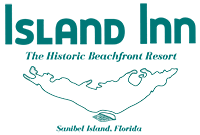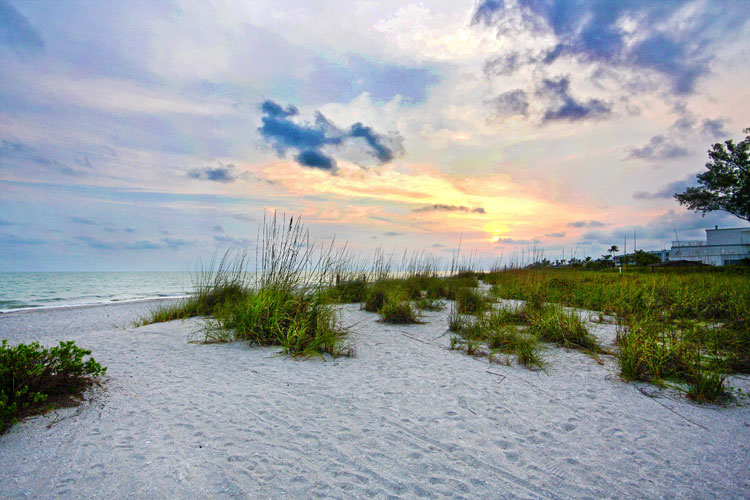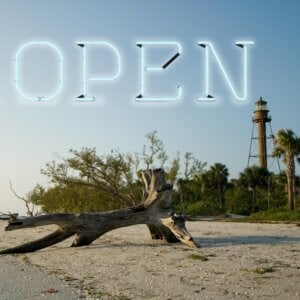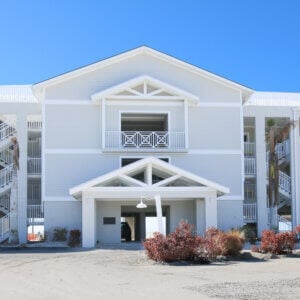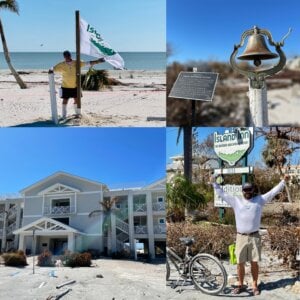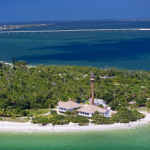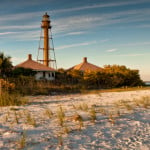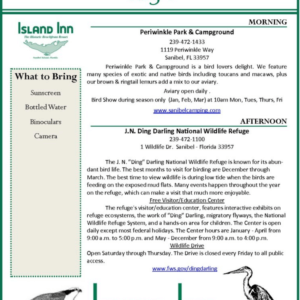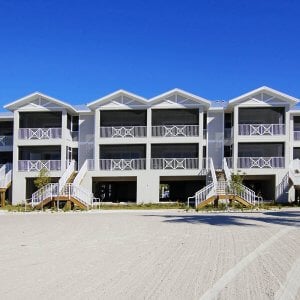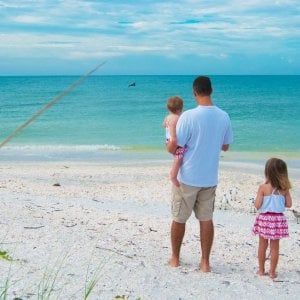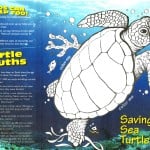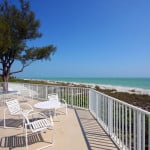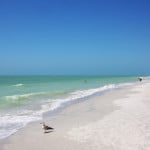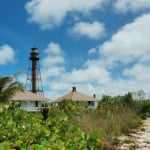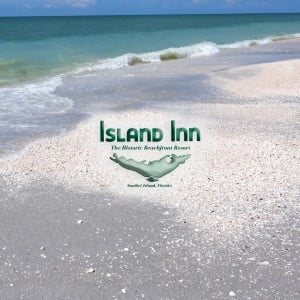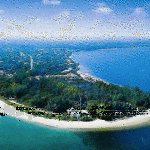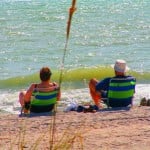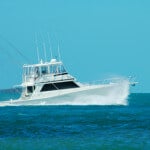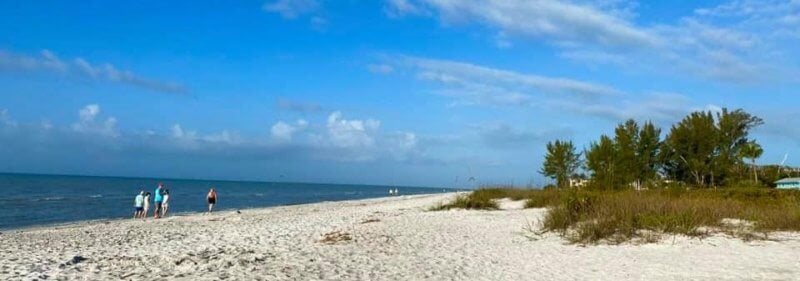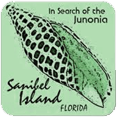Sanibel and Captiva Islands are known for cultivating a laid back, just-this-side-of-sleepy personality. Life is a beach here, after all. Sometimes though, in a place this wild and beautiful, a lot of hard work has to happen just to keep things from happening.
In the early 1970’s, after decades of economic growth across the U.S. and with the WWII generation nearing retirement age, southwest Florida was booming. Beachfront property is a scarce commodity and it was being gobbled up by hotel and resort developers at a tremendous rate. With bulldozers and cement mixers lined up and pointed at Sanibel and Captiva, the island’s residents, beach-lovers, bird-watchers, activists and lots of regular folk took a stand. In creating the Sanibel Captiva Conservation Foundation (SCCF) in 1967 and the Sanibel Comprehensive Land Use Plan in 1974, islanders effectively put the brakes on the over-development that swept much of the rest of the coast.
Still, being a barrier island has its perils. Built by rivers, waves and currents depositing silt and sand over milllenia, Captiva and Sanibel are subject to the same forces that created them. The beaches erode due to the Gulf current that sweeps from north to south along the Florida coast, constantly pulling tons of sand from one area and moving it to another. Captiva Island, to the north of Sanibel, takes the brunt of this “longshore” current. The Captiva Erosion Prevention District is a governmental body that uses both conservation (planting, controlling access and development) and mechanical beach nourishment (moving sand from offshore areas) to maintain the island’s basic shape.
In a completely natural cycle, erosion tends to balance out, with sand lost in one direction more or less balancing with sand deposited from the other direction. Coastal development, however, interrupts that cycle. Piers, sea walls, inlet structures, docks, rip-rap and other structures are often put in place to prevent erosion. They work locally, slowing or prevent erosion in a specific area, but often causing net increased erosion to adjacent areas even though many see them as preventative measures. Sanibel and Captiva have long served as models for balancing the demand for beach tourism while carefully controlling use and development.
Island Inn, a steward of its own Sanibel beaches since 1898, is proud to support these efforts to preserve the natural landscape of the Islands. Our resort is also next door to the J.N. Ding Darling National Wildlife Refuge, one of the most spectacular and important wildlife areas in Florida. It’s pretty quiet here most of the time, and when you come to Sanibel’s Island Inn, we want you to have a carefree time on our beaches. It’s interesting for many of our guests to discover how much work it takes to have this opportunity for profound relaxation!
